Weekend Diversion: LEGOs for those with a little Curiosity
The most advanced Martian rover can be yours… in LEGO form!
“Earth as an ecosystem stands out in the all of the universe. There’s no place that we know about that can support life as we know it, not even our sister planet, Mars, where we might set up housekeeping someday, but at great effort and trouble we have to recreate the things we take for granted here.” -Sylvia Earle
When you think of the worlds in our Solar System, there’s a really good chance that — if your imagination ventures beyond Earth — it won’t be long before it takes you to Mars.
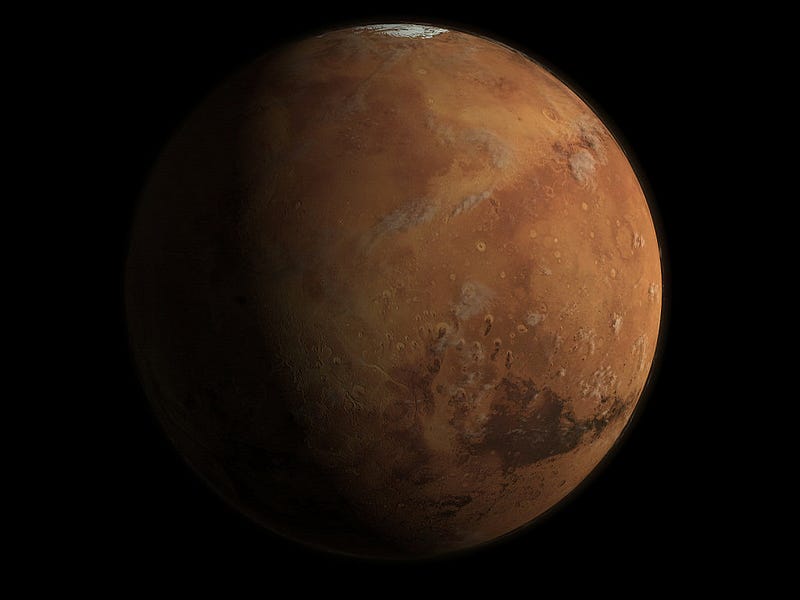
And if you’re thinking of our Solar System’s red planet just one orbit out from us, perhaps you’re thinking of tiny robots up there, fastidiously roving along for as long as they can. In my imagination, perhaps Planxty had that in mind when they sang the traditional Irish folk song, As I Roved Out.
The latest and greatest of these rovers is Mars Curiosity, which landed just two short years ago. At ten feet (three meters) long and 1982 pounds (899 kg), it’s the heaviest and most advanced autonomous vehicle ever to explore another world.
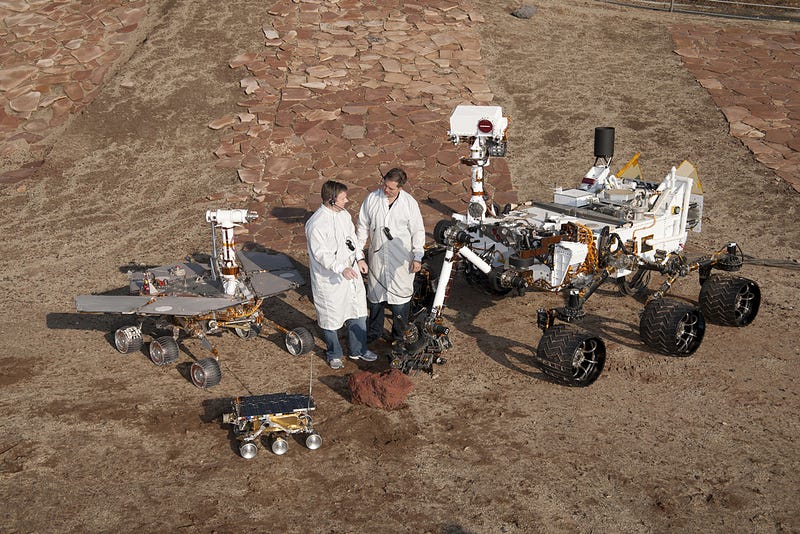
Of all its features, it’s perhaps best known for:
- Its incredibly intricate and stable six-wheeled chassis, which allows it to successfully and smoothly navigate all sorts of obstacles.
- Its large array of cameras and scientific instruments, including the main Mastcam Camera that’s responsible for the all the color photos and videos you’ve seen.
- And its agile and versatile robotic arm, allowing it to explore the surface and — if necessary — perform self-maintenance.
Not to mention, of course, its ability to take mosaics… of itself!

Without a few spare hundreds of millions of dollars lying about, you’re unlikely to get your own Mars Curiosity rover, unfortunately.
But thanks to LEGO’s CUUSOO project, where community-suggested ideas have a chance to become real LEGO sets, the LEGO Mars Curiosity rover is real!
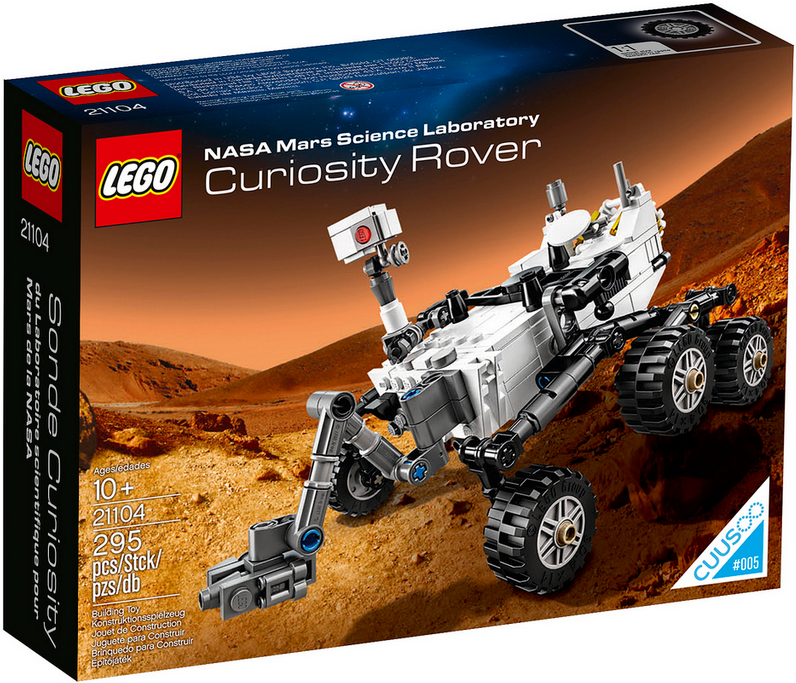
It is just supposed to be $29.95 (according to the LEGO store), but it’s hard to find these days for less than double that amount, unfortunately. This 295-piece set takes about three hours to assemble properly, and — amazingly — was designed by a real Curiosity rover engineer (and huge LEGO fan): Stephen Pakbaz!

According to LEGO itself:
[T]his amazing LEGO version of the highly advanced mobile laboratory features lots of great details, such as 6-wheel rocker-bogie suspension, articulated robotic arm and multiple camera sets. This great model also comes with a fascinating booklet with building instructions and information about the history of Mars exploration and the Curiosity Rover, plus a display plate complete with LEGO brick Martian rocks — perfect for testing out the rover’s go-anywhere suspension!
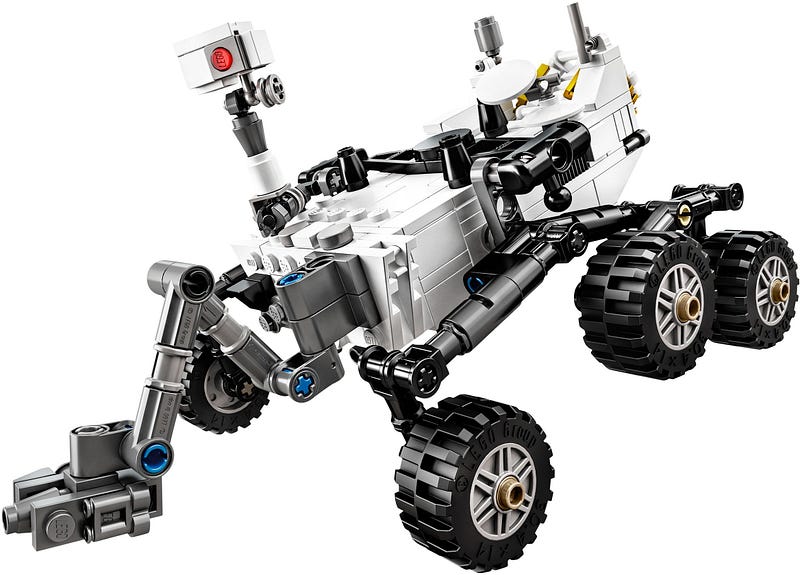
It’s incredibly well-reviewed, and looks like an incredible amount of fun to assemble and play with!
What’s perhaps most amazing about this, however, is the discovery of Stephen’s flickr account, where he’s published photos of this LEGO set all throughout its development, from its conception to prototypes to preliminary kits to the full-featured final product!
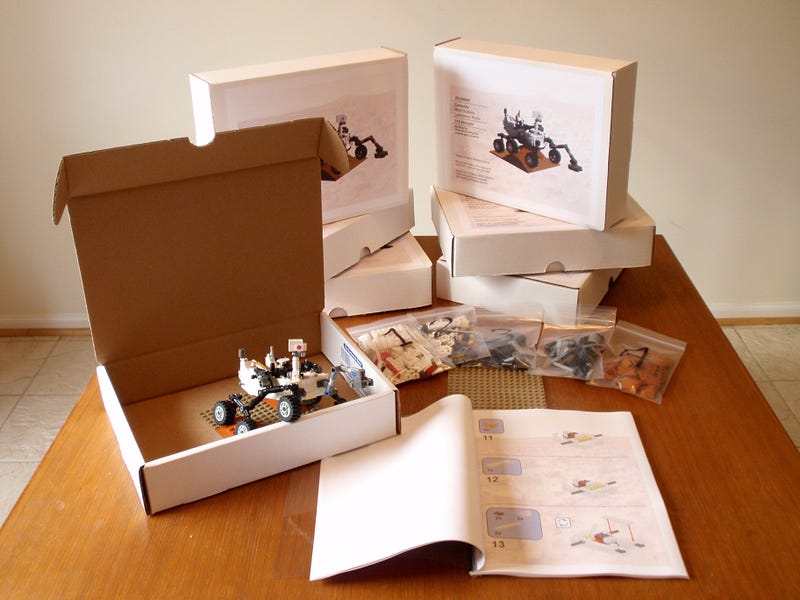
But Mars Curiosity isn’t the only amazing NASA mission or project he’s turned into real-life LEGOs!
Do you remember the powered descent vehicle / skycrane that gently lowered Curiosity down to the planet’s surface during the famous Seven Minutes of Terror from 2012?
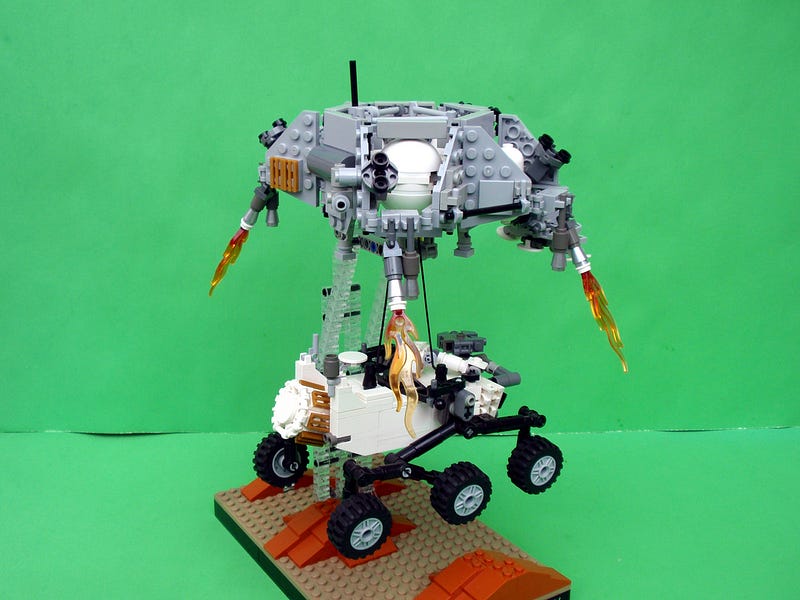
And if you need more than that, Stephen’s also designed and built a set to commemorate NASA’s Juno mission,
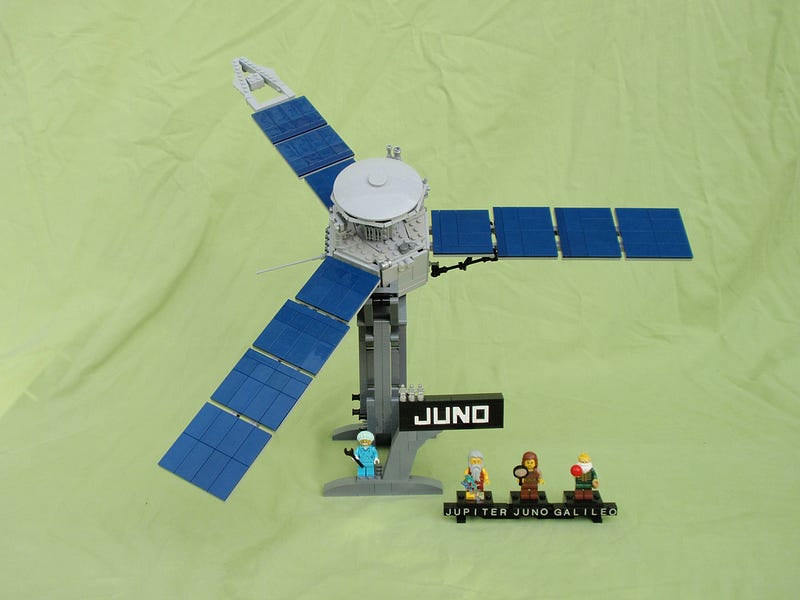
one for the SpaceX Dragon capsule,
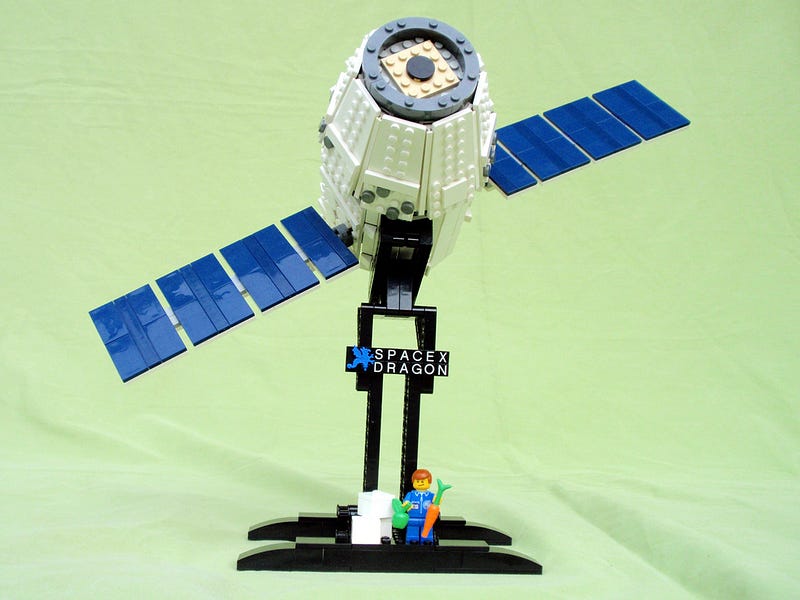
and, perhaps most imaginatively, from NASA’s old Voyager 2 mission!
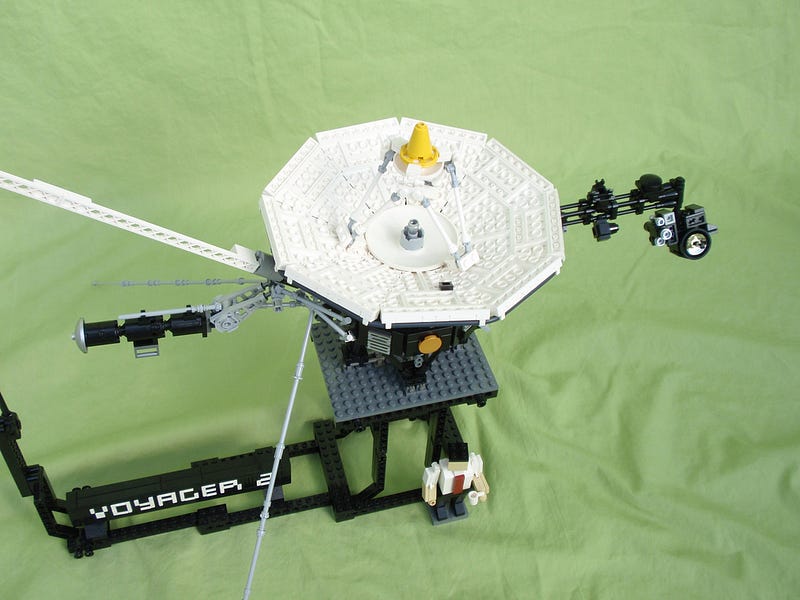
He’s even been generous enough to make many of his early schematic sketches publicly available, such as this one of his unmanned Cygnus mission.
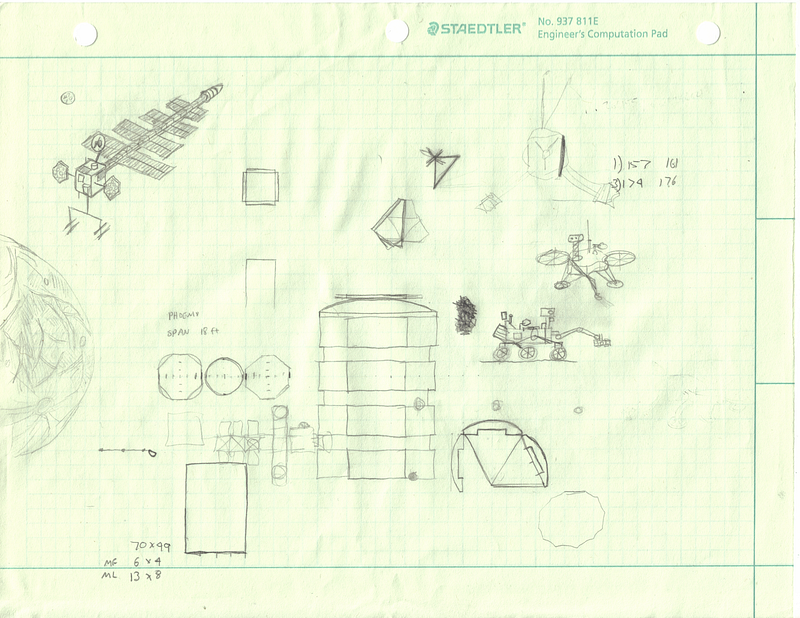
Some of his stuff is so innovative that he got to present it at the 2012 National Air and Space Museum’s “Space Day” at the Smithsonian Institute!

And for those of you who are wondering — with all these fantastic engineering creations around — if I’m going to show a photo of the actual LEGO engineers who built them, you finally get your due.
Here you go!

Thanks to the folks at LEGO for making this a reality, thanks to Stephen Pakbaz for his excellent work, design, and for making all this public, and hope this helps delight you this weekend!
Have a comment? Leave it at the Starts With A Bang forum on Scienceblogs! And if you missed our comments of the week, check them out today!





